Vietnam's strategic advantages
By the end of June 2025, Samsung's mobile phone factories in Bac Ninh and Thai Nguyen had reached the production milestone of 2 billion units in Vietnam. The Korean group also expanded its investment in chips and R&D (research and development) activities.
NVIDIA, with Chairman Jensen Huang saying, “considers Vietnam as a second home”, has signed an agreement with the Government to open an R&D Center (research and development) and an AI Data Center.
Intel and Amkor also increased their presence in Vietnam, with semiconductor giant Amkor adjusting its capital increase by more than 1 billion USD in 2024 to expand its complex in Bac Ninh.
Many leading technology corporations have pledged to expand their investments in Vietnam, ranging from billion-dollar electronics manufacturing, building chip testing factories and packaging complexes, to opening AI and semiconductor design R&D centers. This shows that Vietnam is becoming a strategic base in the global technology supply chain.
Citing the above information, Dr. Nguyen Thai Chuyen, lecturer of International Business, RMIT University Vietnam, pointed out 5 clear competitive advantages of Vietnam in the high-tech field, including:
Firstly , the stable political and social situation helps investors feel secure with billion-dollar projects.
Second , the young and competitive human resources with an increasingly large team of engineers, at the same time, Vietnam being in the top 50 in global innovation is also a big advantage.
Third , its geographical location in the heart of Southeast Asia, which accounts for a large portion of global semiconductor production, facilitates supply chain connectivity.
Fourth , attractive incentive policies, such as tax exemption for the first four years and a 50% reduction for the next nine years, are also significant leverage.
Fifth , large rare earth resources further strengthen Vietnam's competitive position.
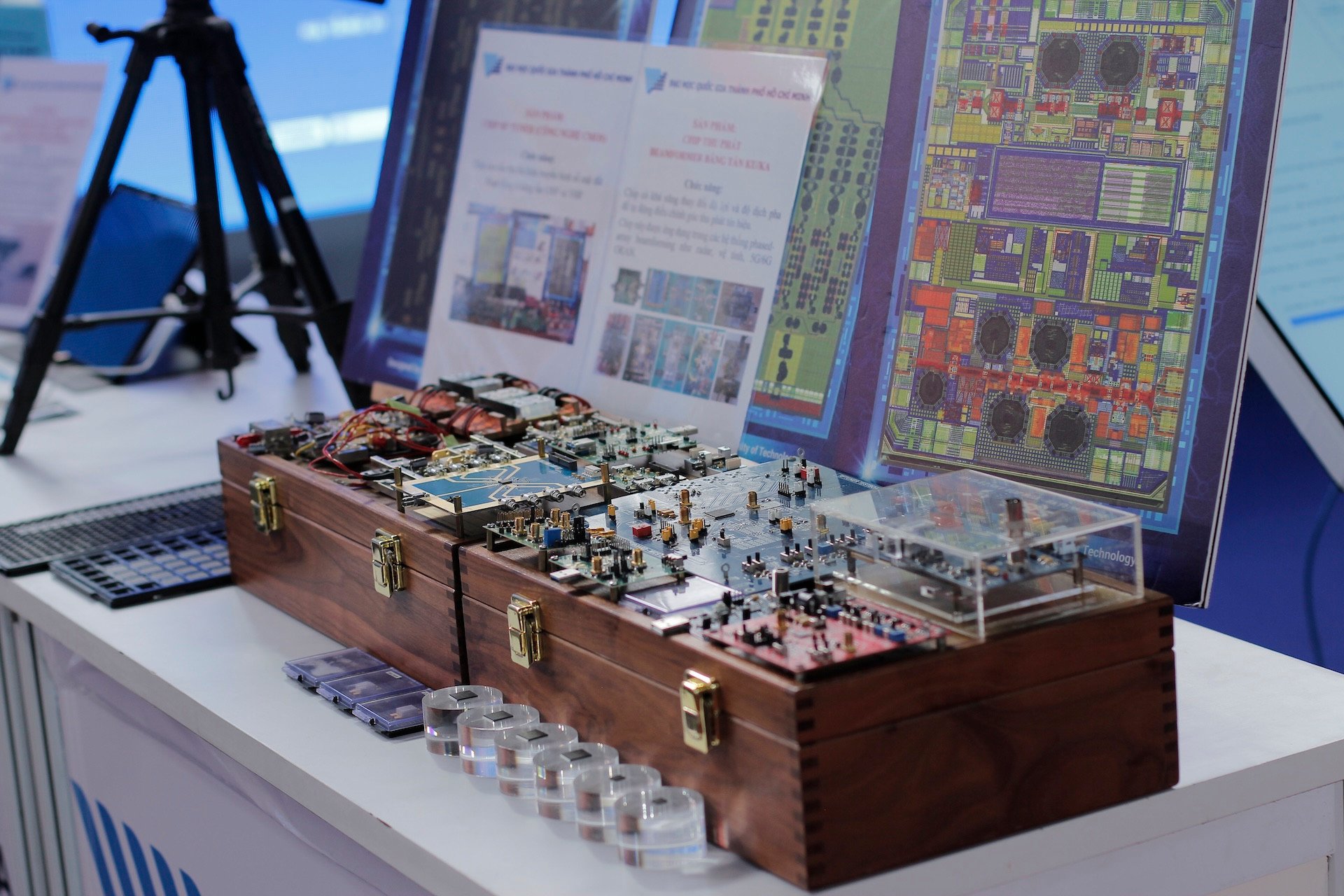
According to Mr. Chuyen, Vietnam's shift from a labor-intensive manufacturing and assembly model to developing high technology, AI and semiconductors is one of the main reasons for attracting technology "eagles".
Vietnam's semiconductor industry development strategy to 2030 and vision to 2050, approved by the Prime Minister, demonstrates the determination to build a high-tech ecosystem with a revenue target of 50 billion USD/year by 2030.
Sharing the same view, Deputy General Director of Savills Vietnam, Mr. Troy Griffiths, commented that the Government is proactively promoting and demonstrating its determination to become a center in the high-tech and semiconductor fields, clearly demonstrated through new policies on digital transformation and innovation.
In addition, Vietnam's strategic geographical location plays a big role, as global corporations are looking to diversify supply chains and minimize trade risks.
"Compared to competing countries in the region, Vietnam stands out thanks to its stability and clear direction in high-tech development," he emphasized.
Policy implementation is still the weak link
However, possessing great advantages is only a necessary condition. The sufficient condition is how the State management agency acts to turn competitive advantages into practical value.
"The most difficult part is always implementation," former Minister of Science & Technology Nguyen Quan told VietNamNet.
Mr. Quan believes that the institution is still the bottleneck of bottlenecks. Up to now, the resolutions have been very good and innovative; however, the implementation process is often affected by many factors, leading to slow implementation and inefficiency.
For example, to effectively implement Resolution 57 on breakthroughs in science, technology, innovation and national digital transformation, Mr. Quan said that guiding documents from laws, decrees to circulars must be issued promptly and synchronously.

Regarding the development of the semiconductor sector, he pointed out three noteworthy points.
Firstly , the infrastructure for domestic production is still very lacking, specifically energy infrastructure. Semiconductor industries require very high quality electricity. That is, electricity is very stable in voltage and frequency, there is no reason to interrupt the production process of enterprises operating in this field.
Second , the production of semiconductor chips requires especially pure water, clean water with large reserves. Semiconductor wafers are very sensitive to small particles. Even small impurities can cause serious defects, affecting the performance and quality of chips.
Third, human resources from design to technical staff. Personnel operating modern equipment in billion-dollar factories need to be trained with high quality.
“These are some of the main factors that make foreign enterprises hesitant to invest in semiconductors in Vietnam,” the former Minister assessed.
Besides, he also raised the issue of the consumption market. The State wants to call on domestic enterprises to invest in semiconductors, but no one can answer the question of who will sell the chips to if Vietnam produces them and how much they will generate. Because competing with international technology corporations that hold a large market share is not easy.
“A factory that invests billions of dollars but cannot sell its products will quickly go bankrupt. If we finish our work but cannot sell our products, we will fail,” Mr. Quan pointed out.
Therefore, he suggested that in addition to attracting investment, the State should help domestic enterprises prepare markets for their products. It is necessary to come up with solutions so that large corporations investing in Vietnam can share part of their market share with Vietnamese semiconductor enterprises.
To take advantage of existing advantages and develop the high-tech sector, Dr. Nguyen Thai Chuyen also said that Vietnam needs to have focused incentive policies. The policy is not only tax exemption and reduction but must also be accompanied by research support, intellectual property protection and encouragement for domestic enterprises to participate in the supply chain.
Our country needs to develop supporting industries and encourage domestic enterprises to participate more deeply in the semiconductor-electronics chain, thereby reducing dependence on imported raw materials.
Regarding human resource training and development, the Government has set a target of training 50,000 semiconductor engineers by 2030, but needs to connect more strongly with FDI enterprises to help the young generation of engineers quickly access advanced technology and meet practical needs.
According to Dr. Nguyen Thai Chuyen, in Korea, since the 1980s, this country has identified semiconductors as a key industry, while implementing preferential credit policies, investing heavily in R&D and human resource training. South Korea has also actively cooperated with the US and Japan to acquire technology, train engineers and purchase design copyrights, while encouraging domestic corporations such as Samsung and SK Hynix to learn, accumulate experience and gradually develop core technology mastery capabilities. This steadfast policy has made South Korea a semiconductor powerhouse, accounting for more than 21% of the global market share by 2024. |

Source: https://vietnamnet.vn/nguyen-bo-truong-noi-thang-dieu-khien-doanh-nghiep-ban-dan-e-ngai-2462132.html






![[Photo] Special class in Tra Linh](https://vphoto.vietnam.vn/thumb/1200x675/vietnam/resource/IMAGE/2025/11/14/1763078485441_ndo_br_lop-hoc-7-jpg.webp)
![[Photo] Deep sea sand deposits, ancient wooden ship An Bang faces the risk of being buried again](https://vphoto.vietnam.vn/thumb/1200x675/vietnam/resource/IMAGE/2025/11/13/1763033175715_ndo_br_thuyen-1-jpg.webp)







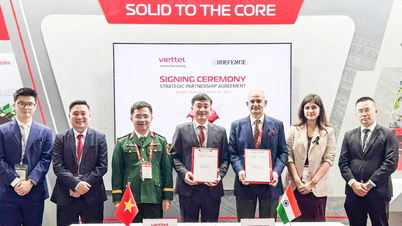








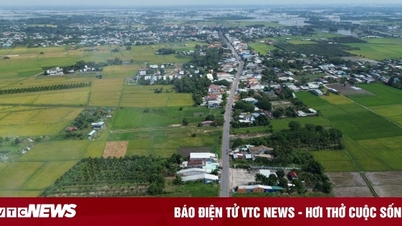









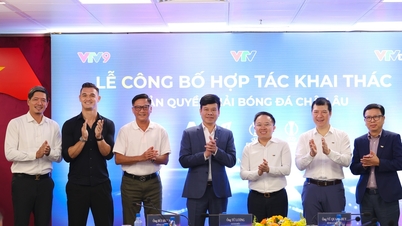

















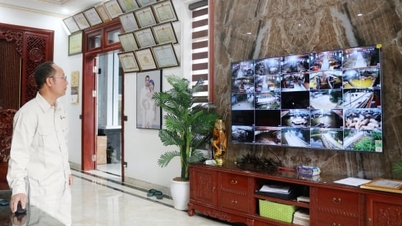
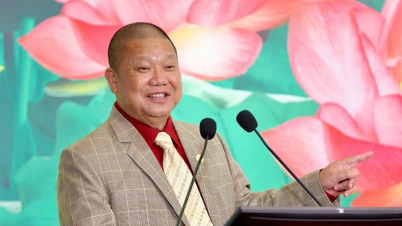

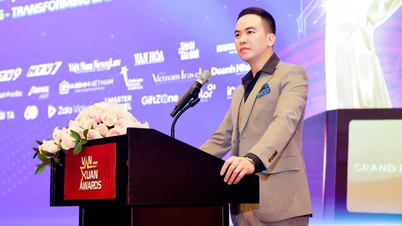





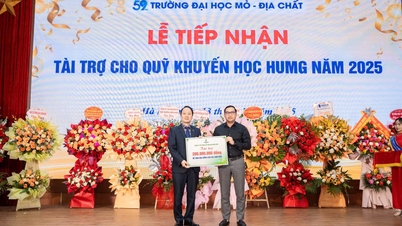
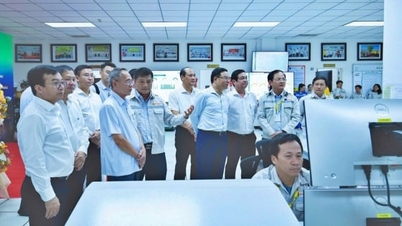











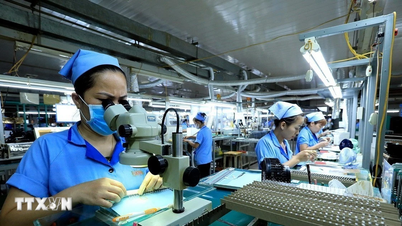



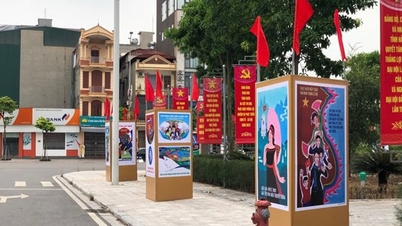









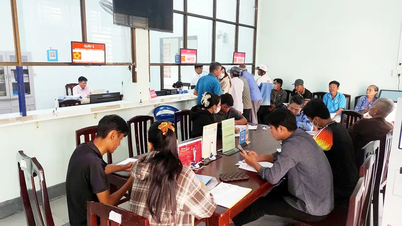













![Dong Nai OCOP transition: [Article 3] Linking tourism with OCOP product consumption](https://vphoto.vietnam.vn/thumb/402x226/vietnam/resource/IMAGE/2025/11/10/1762739199309_1324-2740-7_n-162543_981.jpeg)






Comment (0)